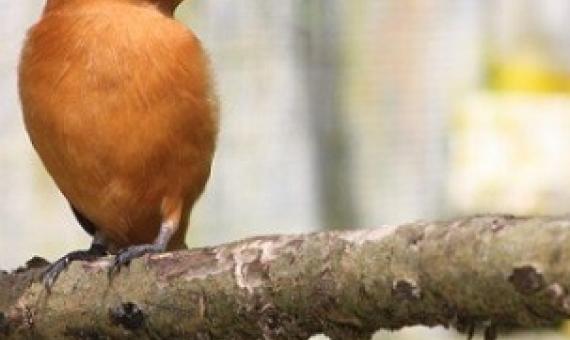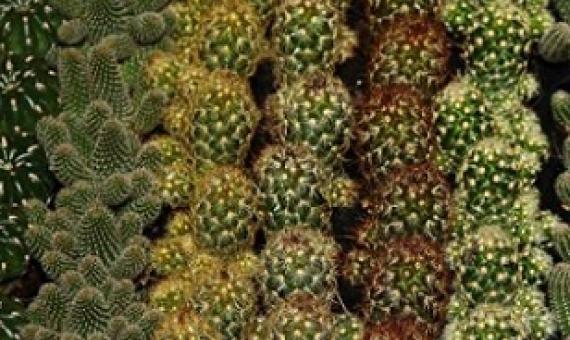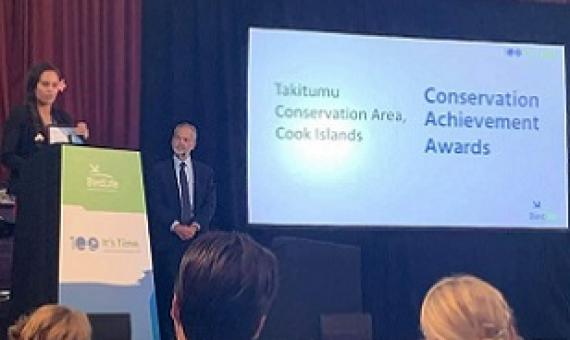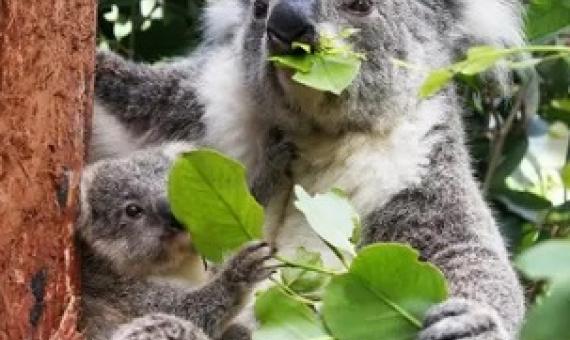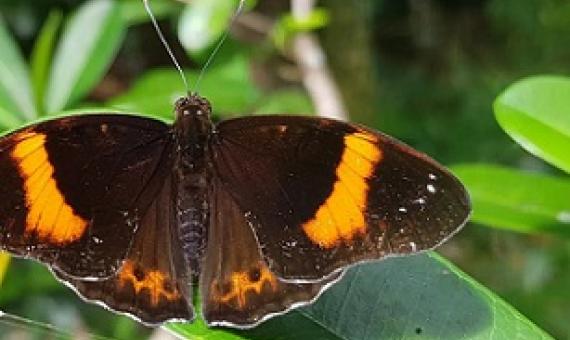New research examining the perilous state of dying species calls for urgent international conservation efforts to develop unified management plans that could help plants and animals return from the brink of extinction.
A resilient and connected network of sites to sustain biodiversity under a changing climate
Motivated by declines in biodiversity exacerbated by climate change, we identified a network of conservation sites designed to provide resilient habitat for species, while supporting dynamic shifts in ranges and changes in ecosystem composition. Our 12-ystudy involved 289 scientists in 14 study regions across the conterminous United States(CONUS), and our intent was to support local-, regional-, and national-scale conservation decisions.
An international study led by the Institute of Environmental Science and Technology of the Universitat Autònoma de Barcelona (ICTA-UAB) stresses the need to apply a biocultural approach in nature conservation programs.
A project which has brought a native Cook Islands bird species back from the brink of extinction has won a major international conservation award.
Not all species are created equal. Some are more important than others. So how do we choose what to protect? Biodiversity is vital for a healthy environment and a healthy planet. Every plant and animal has a role to play to keep its ecosystem healthy.
The effects of protected areas on the ecological niches of birds and mammals
Protected areas are a cornerstone for biodiversity conservation, and typically support more natural and undisturbed habitats compared to unprotected lands. The effect of protected areas on intra-specific ecological niche has been rarely investigated. Here, we explore potential differences in ecological niche properties of birds and mammals across protected and unprotected areas, and relate such differences to species traits.
Global protected areas seem insufficient to safeguard half of the world's mammals from human-induced extinction
Protected areas (PAs) are a cornerstone of global conservation and central to international plans to minimize global extinctions. During the coming century, global ecosystem destruction and fragmentation associated with increased human population and economic activity could make the long-term survival of most terrestrial vertebrates even be more dependent on PAs. However, the capacity of the current global PA network to sustain species for the long term is unknown. Here, we explore this question for all non-volant terrestrial mammals for which we found sufficient data,∼4,000 species.
Pacific Islands Regional Marine Species Programme 2022–2026
The Pacific Islands Regional Marine Species Programme (Marine Species Programme) of the Secretariat of the Pacific Regional Environment Programme (SPREP) is a regional strategy for conserving and managing dugong, marine turtles, whales and dolphins, sharks and rays, and seabirds, referred to throughout this document as marine species. The programme is designed to support SPREP Pacific island countries and territories, excluding metropolitan Members.
The Mascot for the 2023 Pacific Games in Honiara, Solomon Islands has been revealed...The Mascot for the 2023 Pacific Games is a Turtle. A naming competition for the mascot will open soon and schools are encouraged to take part.
An agreement between wildlife organizations and the U.S. Fish and Wildlife Service paved the way for the identification and protection of critical habitats for 23 species living on U.S.

